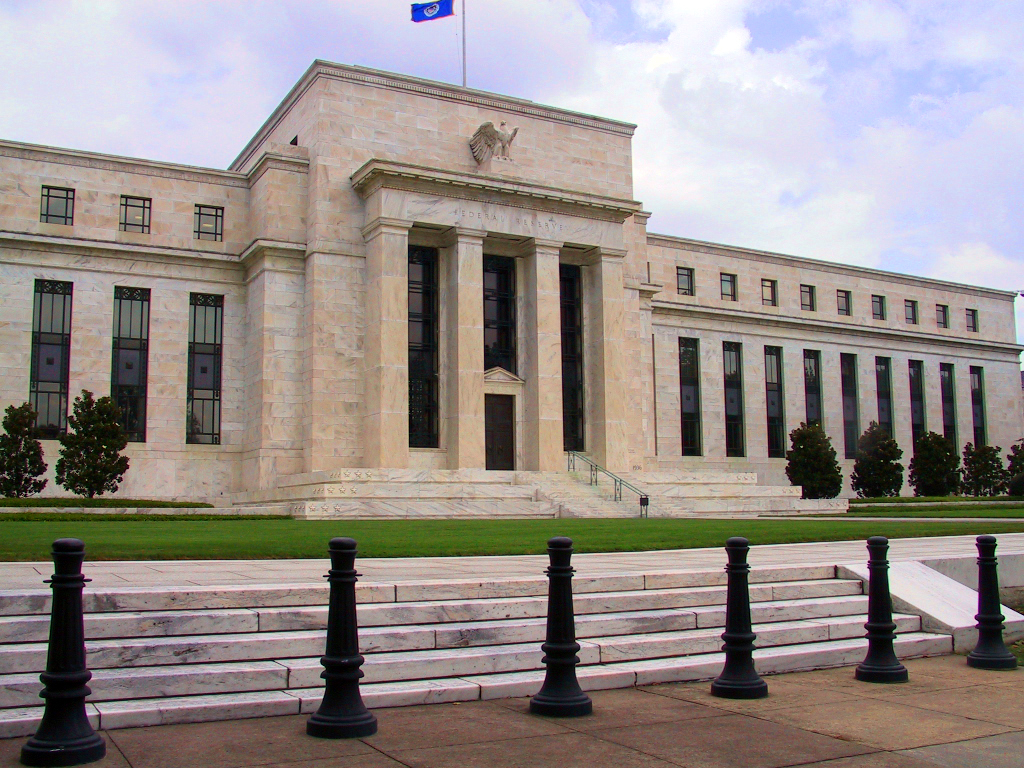By Greg Faenza/For The Diamondback
As our biggest banks continue to grow in size, there is an increasing number of calls to break them up. This idea is most notably supported by presidential hopeful Bernie Sanders. However, the Vermont democratic socialist is not alone. Federal Reserve Presidents Neel Kashkari and James Bullard have both argued that the proposal deserves consideration. Many other leading economists and scholars are also pointing out that some banks are just too large and powerful.
The logic behind this argument is two-fold. First, the largest banks are too big to fail and pose a systematic risk to our economy and taxpayers. In the third quarter of 2012, the 12 biggest banks controlled 69 percent of our banking industry, and the collapse of any would have harmful consequences. However, a bailout is less likely now than before, and that’s not just because our banks are fundamentally much stronger. The growingly popular bail-in, which has been used in recent debt crises, makes bondholders, not taxpayers, more liable in the event of a bankruptcy.
The other argument is that the largest banks have too much influence in policy. Given their sizable donations to nearly all politicians and special interest, it’s safe to say this argument also has merit. However, campaign finance reform, not the destruction of our banks, could more suitably solve that issue. While ideologically breaking up the largest banks sounds like a good idea, in practice it would do more harm than good.
Let’s start with the biggest flaw in the argument: There’s no actual plan in place to break them up. There are no specifics. Supporters of the movement may argue the reinstalling legislation such as the Glass-Steagall Act and separating investment and commercial banks will effectively reduce their size. Still, these banks are complex and global, so it’s still very unclear how that would even work. How can you separate the commercial and investment banks where much of the world’s wealth is held without causing a major economic disruption?
For the purpose of debate, let’s assume that we do force the break-up of the banks. It’s certainly a possibility considering post-2009 Dodd-Frank Act authorizes the ability to do it. With major changes in the banking industry, a reduction in lending activity leading to a credit crunch would almost certainly happen. The largest banks would be coerced into reducing their economy-growing activities as they face operational costs and challenges in reducing size. Any short-term reduction in economic growth, specifically during a time where the economy is hardly growing, could easily lead us back into a recession. With interest rates still near 0 percent and a debt and GDP level at a historical high, a recession could not be combated with quantitative easing or a spending stimulus like last time. Things could get really ugly.
Next, we would see a huge amount of new, smaller banks take on the lending and investment activities that the larger banks once dominated. How do we expect regulators to control corruption and greed across a fragmented industry when they can’t even control it at the largest shops? Smaller banks would still face the same risk of failure. A small, interconnected, highly leveraged bank can pose as great a risk to financial markets as a large bank. The focus should be on risk, not size.
At some point, we also need to acknowledge the implicit advantages large banks have to our financial markets. While they’re an easy target because of their high compensation and income levels, banks actually spend most of their time figuring out how to best serve companies and individuals. In a global economy, our biggest banks offer advantageous financial products to companies looking to expand their consumer base. International financial institutions have the expertise in all economies, regions, commodities and currencies to properly advise companies on their expansion and business efforts. These large global banks help create something completely necessary in today’s economy: international companies.
Required stress tests, along with stricter capital, liquidity, and leverage requirements, have done great work in making our banks more robust. As a result of these improvements, there is no real risk of a financial crisis anytime soon. Breaking up the banks, on the other hand, could lead to a widespread credit crisis that can’t be combated. As a final warning, I would like to note that like most government intervention, unintended consequences beyond the comprehension of those enforcing it are guaranteed.
Greg Faenza is a senior economics and finance major. He can be reached at gregfaenza@comcast.net.



